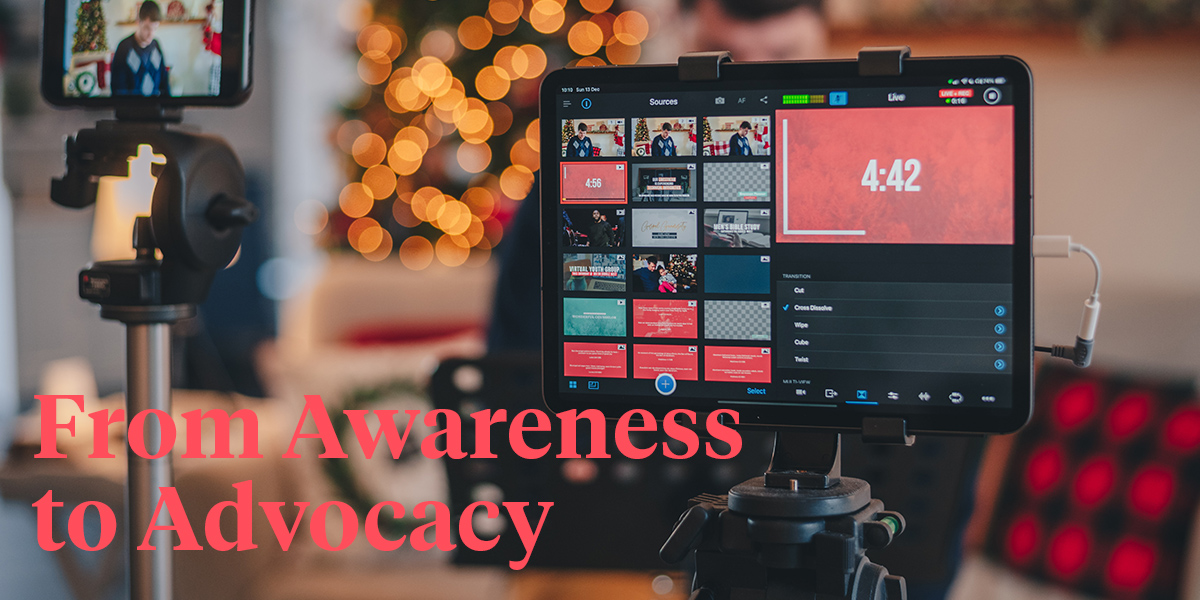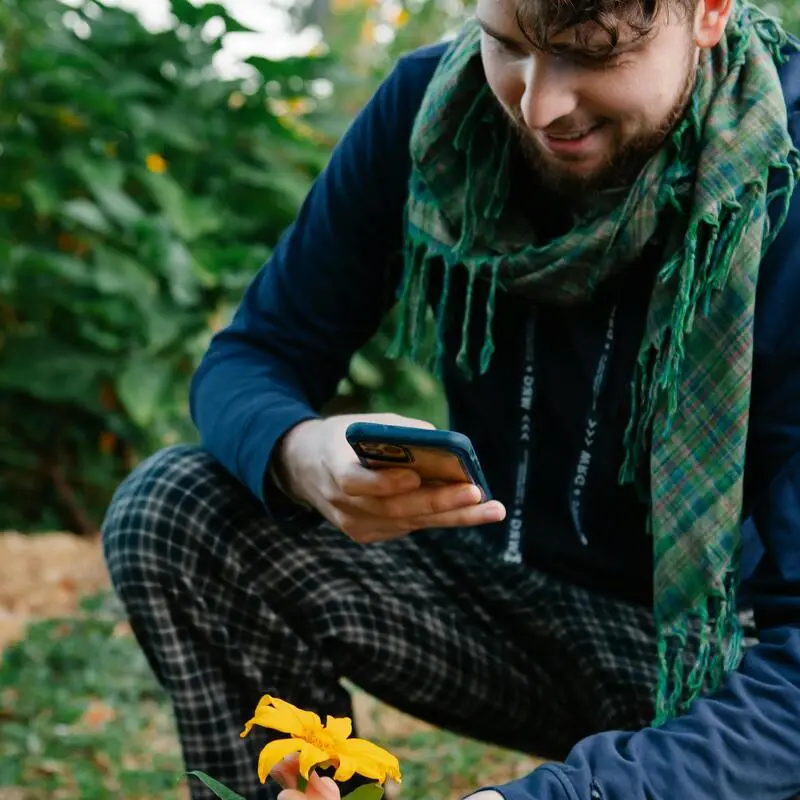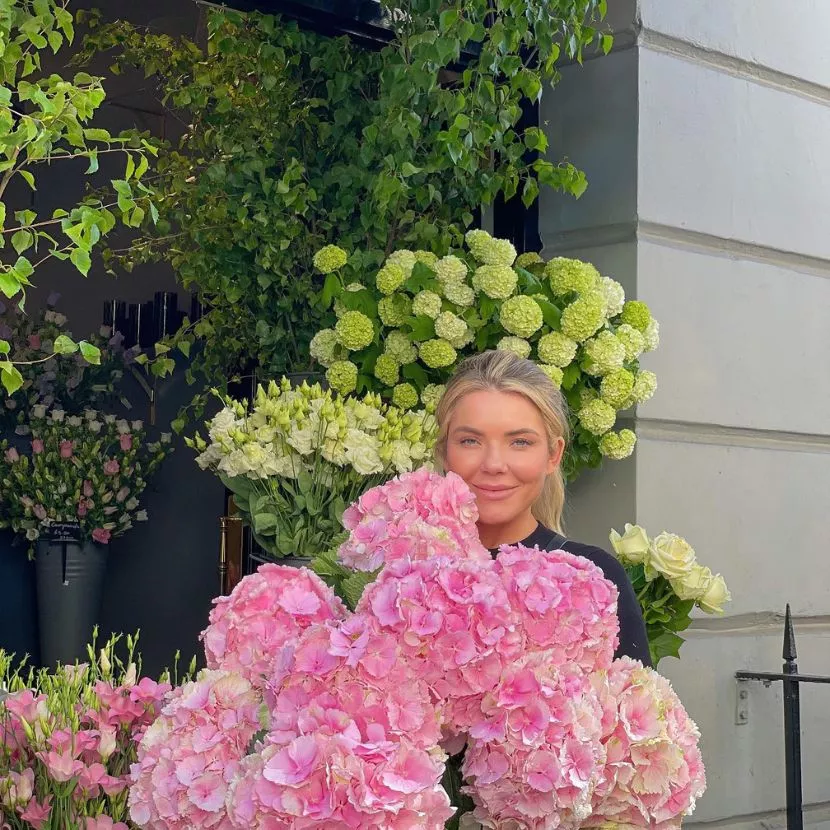Posting on social media seems to be the new advertising. It's fast, it's free. But it's useless unless you do it with a game plan. There are 8 steps towards optimal content marketing. Wrong use of social media may harm you. But do this right, and content is your new advertisement, your #hashtag is your new slogan.
Content Marketing
Content marketing is about creating, collecting, showing, distributing, and amplifying content that is interesting, relevant, and useful for your target group. The purpose of this is to initiate a follow-up of your actions with this target group. That could be online conversations on social media about your product or brand.
In floriculture that could mean a breeder or grower can have contact on a social media platform with a florist or consumer to get useful information about what people further up in the chain think about a novelty.
Content media in general is more than just social media. It's a whole spectrum of possibilities that you have to communicate with your (potential) customers. In this blog, the main focus will be on social media content, because of the growing significance of these platforms for marketeers.

It's NOT Advertising!
The common mistake marketeers make is to think that social media is just another form of advertisement. And that just the media they use for this is different. This is a wrong mindset because people's attitude toward advertisements has changed over the past decade. Ads have lost much of their credibility, while friends and influencers have become the new sources of information in the decision-making process.
Do You Still Believe in Advertisements?
One of the most urgent questions in today's marketing is: "Do you still believe in advertisements?" It's a question for both the sender and the receiver. Probably even more for the sender, because that is the person spending money on advertising. is it still effective these days? By any means, it's far less effective than it once was in the old days.
The reason is quite painful: Many consumers don't believe the ads anymore. A few crises in banking, environment, and energy and some scandals on Facebook made people distrust companies that always presented themselves as if we all lived in a perfect world. The internet with its review sites and its social media platforms has made it so much harder for a company to put up a good identity where its public image is the opposite. People express their concerns and anger and have found a podium for that where everyone else can join in.

The Customer Journey: Awareness, Appeal, Ask, Act, Advocate
The reason to create thoughtful content marketing is to let your (potential) customer step into a customer journey. Not every customer is the same, but generally and ideally speaking, a customer journey is built up of five A's that start with awareness of your product and hopefully end with advocacy for your product or brand.
Awareness - your potential customer is first exposed to your product.
Appeal - the product is attractive
Ask - the potential customer is seeking confirmation.
Act - the decision is made, the purchase is done.
Advocate - the client is happy and will tell others about it.
Note that every one of these five A's can be related to content marketing. This depends on where your (potential) client is in the customer journey. One person may be made aware by someone who is your product's advocate.

The 8 Steps of Content Marketing
To understand the best way to practice Content Marketing I follow the book 'Marketing 4.0 - From Traditional to Digital' by Philip Kotler, Hermawan Kartajaya, and Iwan Setiawan. These marketing experts have a clear and logical vision of how to get the most out of your efforts not only to get that free positive publicity but to control it as well. The 8 steps of Content Marketing are universal but do apply to floricultural marketeers as well, as you will notice.
Step 1 - Set Your Target
Your content marketing campaign kicks off by asking yourself this question: What is the purpose of your content marketing campaign? Is it sales-related or brand-related?
If your campaign is about generating more sales, be sure that you are ready for these sales. The product must be available, distribution must be secured. Don't lose the effect of your campaign by non-availability.
If your campaign is brand-related, you need to make sure that the core values of the brand are clear to you. If you are a breeder, that brand can be your company name or a household name for a product line, for example, a series of chrysant pot plants. What are the brand's USPs (Unique Selling Points), and what does the brand offer to the customer?
Gather this basic information so you'll always have the perfect starting point (and guidelines) for your communications.
Step 2: Map Your Target Group
Who are you posting for? Who are you addressing? In other words: what is your target group?
It is simply not enough to generalize by saying 'our customers', or 'decision-makers'. That is too broad. I have always liked to have someone virtually sitting next to me to read what I have to write. This 'persona' is someone I made up, but he/she/it does perfectly fit the person I am writing this for.
You make the profile for this persona by simply asking yourself some questions about this figure: where does this person live, how old is this person, what are this person's interests? And there are a bunch more geographic, demographic, and behavioral characteristics that makes this 'persona' come alive for you to sit next to you and judge everything you write to be relevant. Because that's what comes next.

Step 3: Content Idea Shaping & Planning
This is all about relevance for your selected target group, your 'persona'.
The things you write about or show need to have value for the audience. Otherwise, it's a waste of time or might even harm your brand. So, focus on what's nice-to-know or even need-to-know for your viewers and readers.
Effective stories show the value of your brand, so build that bridge between your persona's wishes, desires, or problems and the solution that your brand has.
Planning is about choosing the right moment, the right platform, and the right format. Be aware that the vast majority of social interactions take place on a mobile screen. This requires planning on the timing and the looks of the things you are about to display. For people working in the floricultura business that planning is not just about being active around the special holidays like Valentine's Day, International Women's Day, Mother's Day, and so on. It's about always being present. It would be wise to create a monthly, quarterly, or even yearly content planning for that matter.
Step 4: Content Creation
This is the most crucial step!
First of all, be clear in what and how you communicate. The basis of your story must be the same everywhere. This is also the core issue in multichannel marketing.
Things such as tone of voice, colors, and logos must be recognizable when a message is seen on different media platforms. Don't confuse the audience, because this will harm the message. And it will harm your carefully built-up image.
Perfect content takes commitment and time. It needs to be original and true to you. There is no starting or ending date for your content creation. The level needs to be up all the time to confirm the target group of your message. To make this process easier, you can use an easy-to-use background changer tool to create visually appealing graphics that align with your brand.

Step 5: Content Distribution
Who says it's all about digital these days? True in many ways, but a large part of our lives still takes place offline. Like meeting one another at trade fairs, floral events, or workshops.
So, make an inventory of the possible channels that you wish to use for the distribution of your message. Some will be free, others will cost you money.
The first kind of channel for your content is the one you own, like your website, newsletters, or the window of your flower shop. Here you can reach everyone who happens to pass by. This one we call 'owned media'. This works pretty well for your already-followers, but it will not easily get you a new customer.
The second channel is the 'paid media'. If you have ever advertised you know what I mean. It is costly, and not always believed by the receiver. Too often the package is prettier than the content when it comes to advertisements and advertorials. Paid media works only when your identity (how you wish to be seen) matches your image (how you are really seen).
The third one - in my vision the most valuable - is 'earned media'. This is when others 'talk' about you. The news about your brand spreads by word of mouth, through ambassadors of your brand, and through shares or re-posts on social channels. Why this is so valuable? It is the most credible source for someone who is searching for independent information or reviews. What better way to get this from a third party, like a floral designer? When your content is of a high level, when it is true, and when it appeals to your audience, you might get viral and earn that precious attention.

Step 6: Content Amplification
There are ways to help the earned media a little. Influencers play an important role here. Of course, you have many paid influencers, but that is then considered paid media. Why not go for the free-of-charge option?
Earned influencers are the ones that you wish to engage in your brand. And they wish to be identified with your brand. Find these people and build a win-win relationship. What's in it for them? That could be improving their own reach and reputation.
Partnering up with influencers is a great tool to amplify your story. So check who's in favor of your brand by looking back in your social history, for instance. Where do you get your likes from until now? Do you have a match?
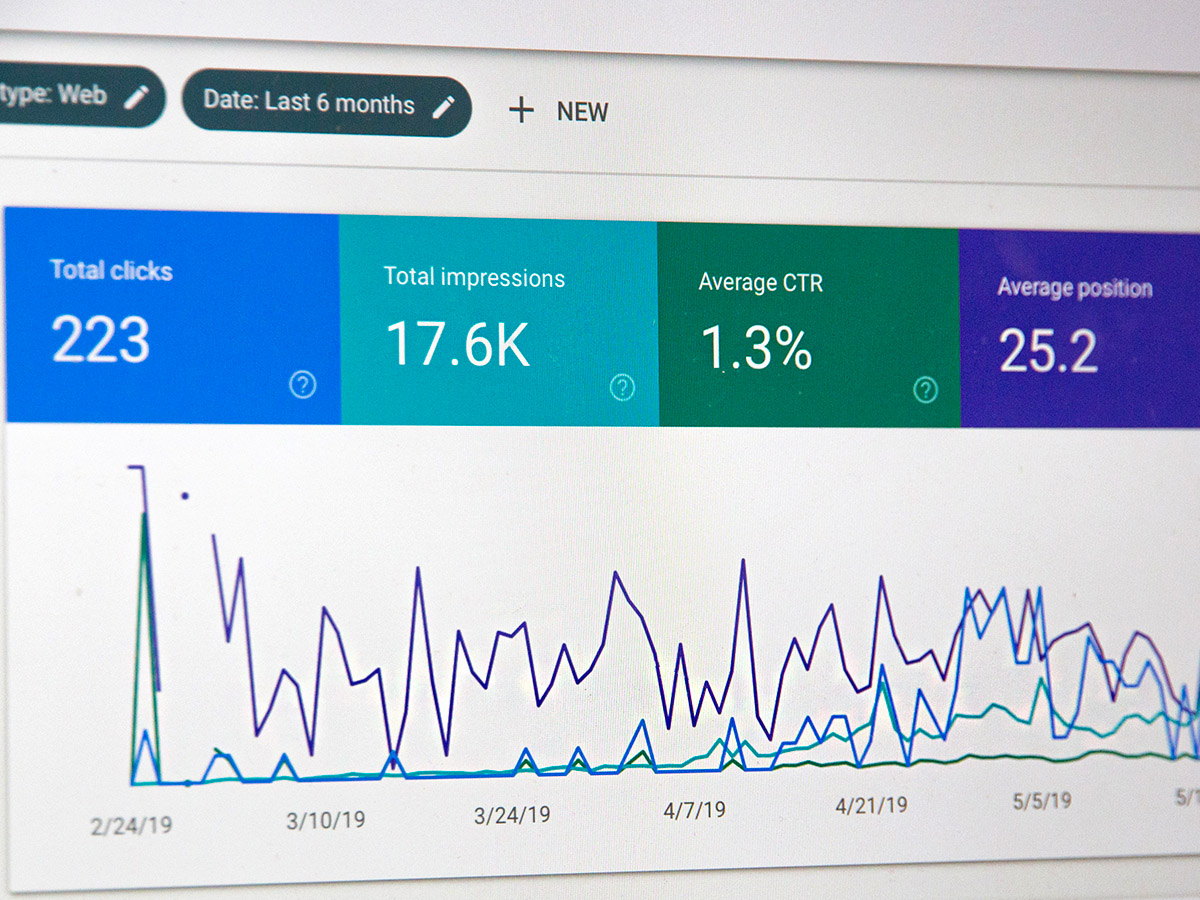
Step 7: Content Marketing Evaluation
It does not stop when you have published your message. You have to evaluate to be ready for the last step of fine-tuning.
What is the effect of the content that you have put up? Did it create Awareness, Appeal, Asking, Acting, or even Advocacy? You see, there are the 5 A's again that you read about earlier related to the Customer Journey.
Awareness is basically the number of times your content was seen, the views.
Appeal is one step better: how many likes did you get after posting? Or if you perform on your own website: how many pageviews?
To be sure the target group can find your content when the Asking starts, you can check the findability by the referrals on search engines like Google.
Acting on your messages is measured by click-through rate, which is the number of clicks divided by the number of total views.
Advocacy is the number of actual shares of your message. Hardest to get, most valued. The share ratio is the number of shares divided by the number of total views.
Step 8: Content Marketing Improvement
As said before, content marketing does not have a beginning or an end. It is a continuous loop of these 8 steps.
The major advantage of online content marketing is measurability. Track your performance, and change it when necessary. Just don't change it every week. It takes time to get a message across and - moreover - people don't like to get a different kind of message from the same sender all the time. That's just like becoming another person every other week. We, the consumers of this world, like to be confirmed in our choices, so nothing more annoying than to see that my preferred brand is taking a different turn every campaign.

Conclusion
More and more (floral) marketeers switch from advertising to content marketing. That can bring real extra value to your brand when done in the right manner and order. The first extra values already are the control you have and the lower cost.
As a marketeer in the 2020s, you should know by now that it's not about you or your product. It's also not about looking to the world out there as a planet of consumers. We are all people with a heart, a mind, and a soul. We have problems, wishes, beliefs, and demands. We laugh and can get angry or sad. We matter to you. It's your job as a marketeer to matter to us, to be relevant for what we need. Content marketing is an excellent tool for starting that connection between us.
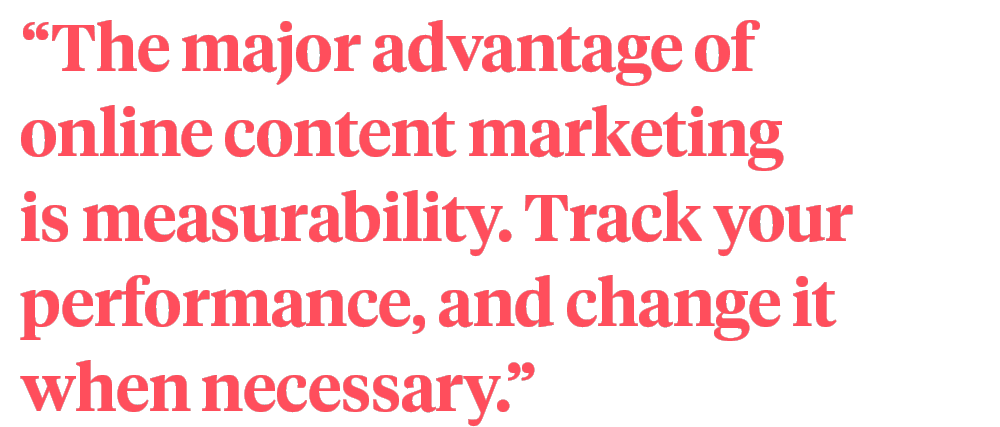
Epilogue: About Philip Kotler
One name to be mentioned in the perspective of the above is Philip Kotler, the Godfather of Modern Marketing. I think most marketeers in the world would agree with this. He is counted among the most influential management thinkers by the Wall Street Journal.
As a marketeer, I have known - alas, not personally - Philip Kotler ever since the early 90s when I was studying his books at the HU University of Applied Sciences in Utrecht, Netherlands. This was still old-school product-based marketing, nowadays known as 'Marketing 1.0'. Much has changed since then. Consumers wanted - and got - more influence. The aim shifted to consumer marketing and a few years later to people marketing. It turned out that people became more and more aware of what they wanted and how they wanted it. There was a head and a heart to be won for marketeers.
For a decade or so the world has gone digital. This has brought enormous changes in the way we all - B2B and B2C alike - make purchase decisions. Where do we search? Who do we trust? Do we buy online or offline? Philip Kotler has kept me up-to-date over three decades during all these transitions, including the part where we are today: content marketing as the new way of advertising.

Inspiration for this blog comes from the book Marketing 4.0 - From Traditional to Digital - by Philip Kotler, Hermawan Kartajaya, and Iwan Setiawan.
Header image by Libby Penner on Unsplash.

